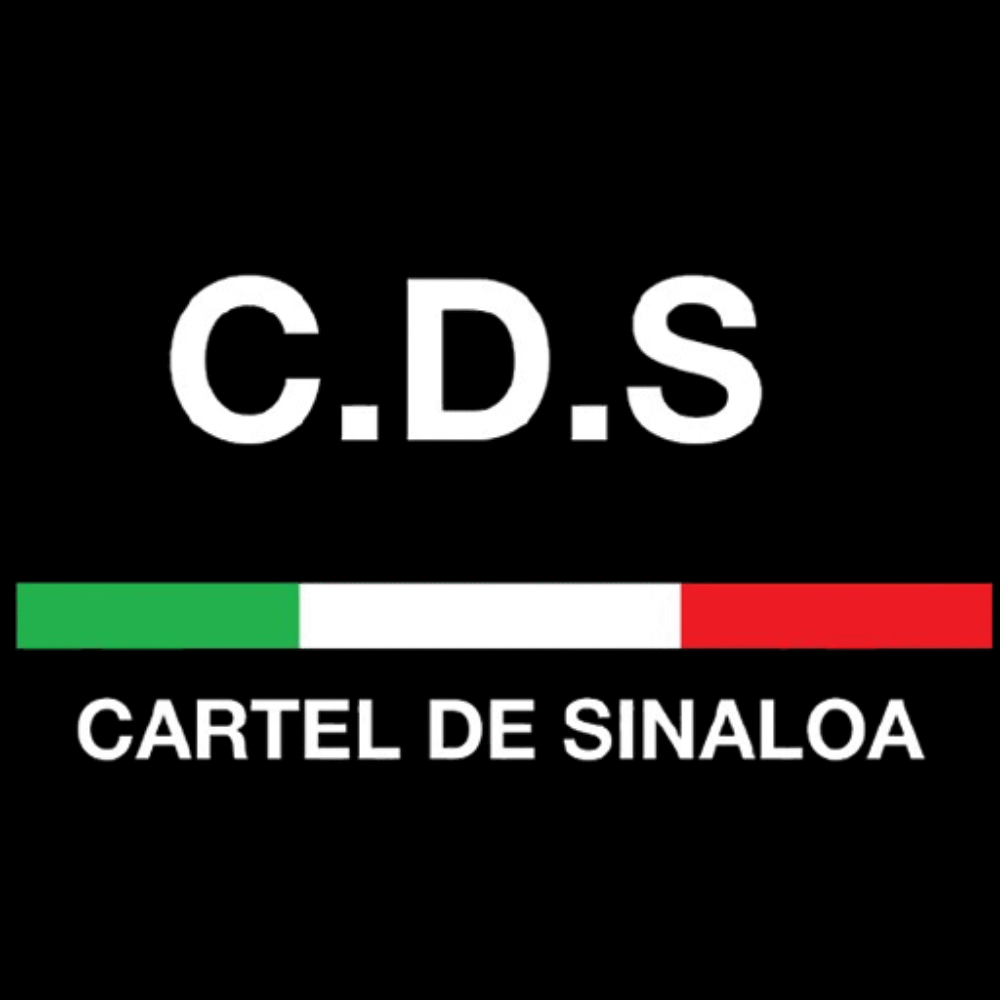Sinaloa Cartel Leadership Structure 2025
In 2025, the Sinaloa Cartel remains one of the most powerful and organized drug trafficking organizations globally, with a complex leadership structure designed to maintain control over its vast operations in Mexico, the United States, and beyond. Understanding this structure reveals how the cartel manages drug production, smuggling, money laundering, and enforcement across multiple territories.
1. The Supreme Leader (El Jefe)
At the top sits the supreme leader, historically the cartel’s founder or key figurehead, who oversees strategic decisions, alliances, and major trafficking routes. While the original leadership has shifted due to arrests and conflicts, a central figure continues to coordinate the cartel’s overall vision and direction.
2. Regional Commanders (Líderes Regionales)
The cartel divides Mexico and international territories into regions, each controlled by regional commanders. These leaders manage local drug production, distribution cells, enforcement squads, and logistics, ensuring smooth operations in their respective zones.
3. Specialized Operational Divisions
- Production & Processing: Oversees cocaine, methamphetamine, fentanyl, and heroin manufacturing facilities, primarily in Mexico and South America.
- Smuggling & Transport: Manages drug shipments across land, sea, and air routes, including tunnels, narco-submarines, and drones.
- Money Laundering: Controls financial operations, front companies, and international money movement using both traditional banking and cryptocurrency.
- Enforcement & Security: Handles cartel protection, intimidation, and violent operations through armed groups and hit squads.
- Intelligence & Corruption: Focuses on bribery, infiltration of government agencies, and counter-surveillance to evade law enforcement.
4. Trusted Lieutenants and Advisors
Below the commanders, trusted lieutenants and advisors execute day-to-day orders, resolve conflicts, and coordinate between divisions. They maintain communication across the cartel’s decentralized yet tightly knit network.
5. International Affiliates and Partners
The Sinaloa Cartel collaborates with international criminal groups and local gangs in the U.S., Europe, and Asia to expand its trafficking routes and distribution networks, often granting autonomy to allied organizations while retaining strategic oversight.
Conclusion
The Sinaloa Cartel’s leadership structure in 2025 reflects a highly adaptive, hierarchical, and compartmentalized system. This organization enables it to sustain vast drug operations, maintain resilience against law enforcement crackdowns, and dominate the global narcotics trade.


